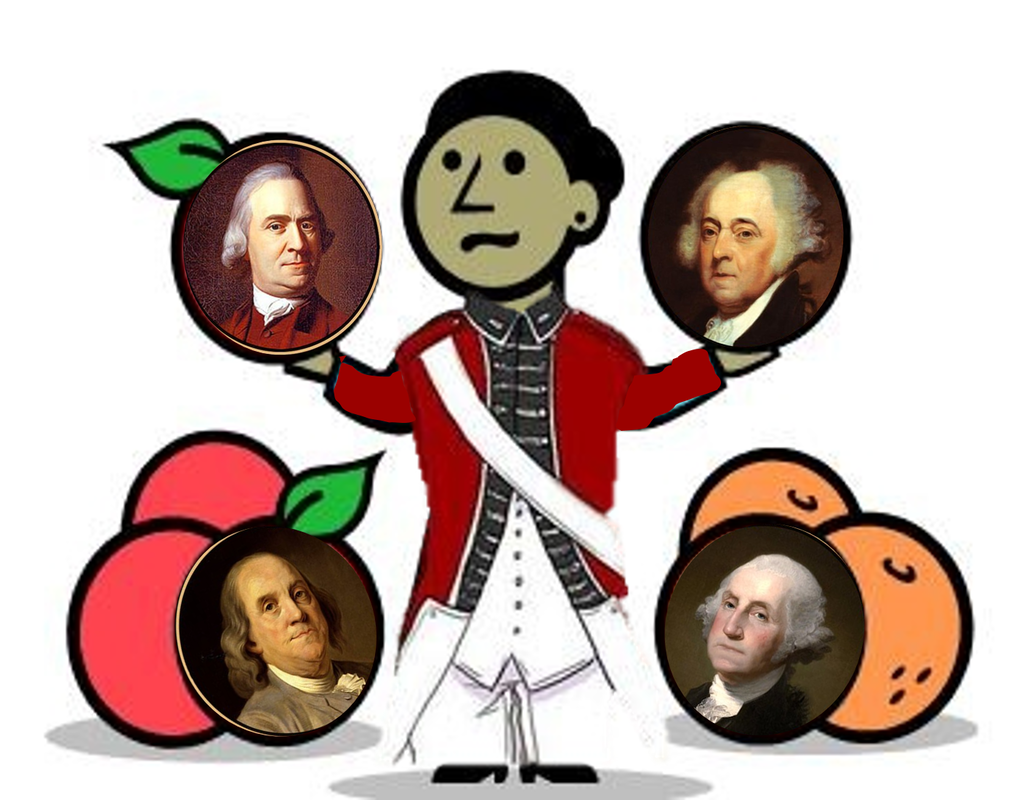Revolutionary Characters
In this brilliantly illuminating group portrait of the men who came to be known as the Founding Fathers, the incomparable Gordon Wood has written a book that seriously asks, "What made these men great?" and shows us, among many other things, just how much character did in fact matter. The life of each—Washington, Adams, Jefferson, Franklin, Hamilton, Madison, Paine—is presented individually as well as collectively, but the thread that binds these portraits together is the idea of character as a lived reality. They were members of the first generation in history that was self-consciously self-made men who understood that the arc of lives, as of nations, is one of moral progress.
|
Assignment: Read the entire text. Use the content to create a Similarites and Differences activity.
|
SUggested online formats
|
This interactive online guide provides a step by step template for writing comparative essays. It provides the prompt and allows the student to save their work when finished.
|
This APP helps students make a straightforward Venn Diagram. Students can color code, title and add multiple bubbles. When finished work can be saved online.
|
This online program helps students make a straightforward Venn Diagram. Students can color code, title and add multiple bubbles. When finished work can be saved and downloaded as a PDF
|
|
In the classroom and at home, students use Popplet for learning. Used as a mind-map, Popplet helps students think and learn visually. Students can capture facts, thoughts, and images and learn to create relationships between them.
|
Creately graphic organizers are visual representations of knowledge, concepts, thoughts, or ideas. They are usually presented in an easy to understand format, such as charts, tables, and graphs.
|
Students compose a poem for two voices in the “voice” of the two individuals. Poems are then b read aloud by two students, each assuming one of the voices from the poem. Poems can be written/adapted for more than two Voices
|
|
In their book Classroom Instruction That Works, Robert J. Marzano, Debra J. Pickering, and Jane Pollock present four “forms” of identifying similarities and differences: comparing, classifying, creating metaphors, and creating analogies.For each form, this link has an overview and links to related content and tips for classroom instruction. General links provide information about one or more forms of the strategy.
|
WHY STORYBOARD ONLINE?
Storyboarding is an incredibly powerful tool for visual communication. Creating a storyboard brings words from the page to life, and encapsulates the audience's imagination in ways that text alone cannot. With StoryboardThat, you can create a digital story in minutes using both images, text, and storyboard templates. |
This site help students write an authentic diary/journal entry about an assigned historical event from the perspective of an individual at the time. Students examine a forged historical entry and an actual entry for evidence of the criteria for an authentic
diary/journal. Students then create a brief biography of an assumed character and write an entry that involves an historical event, as seen through the eyes of this character. |
video Instructions for completing the founding generation comparative voices assignments
Your browser does not support viewing this document. Click here to download the document.

